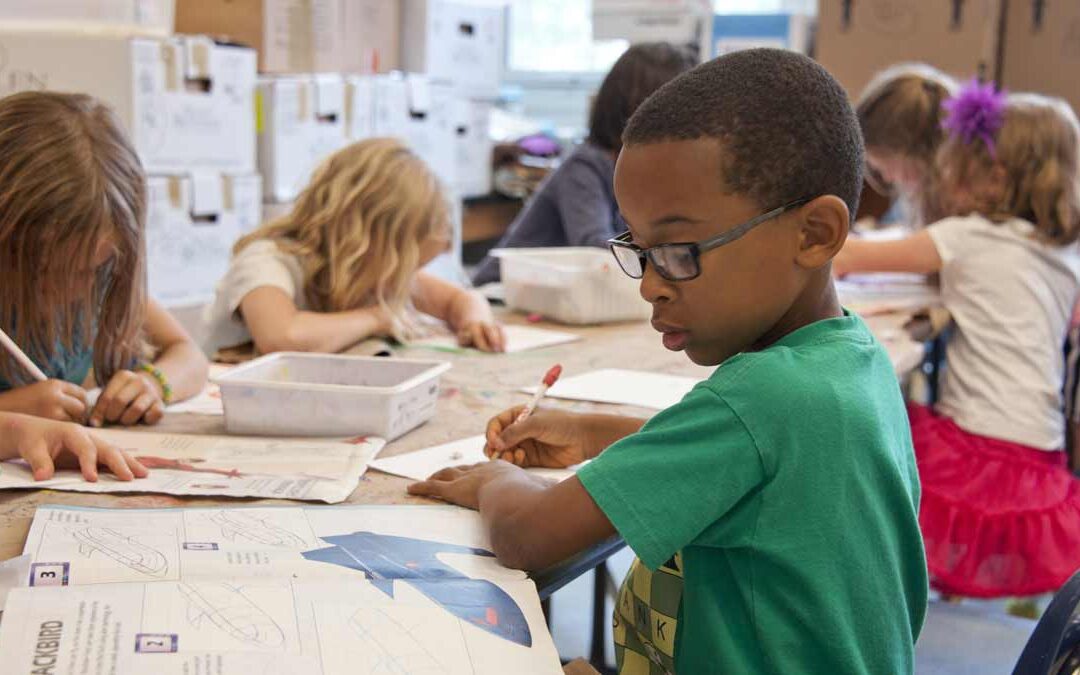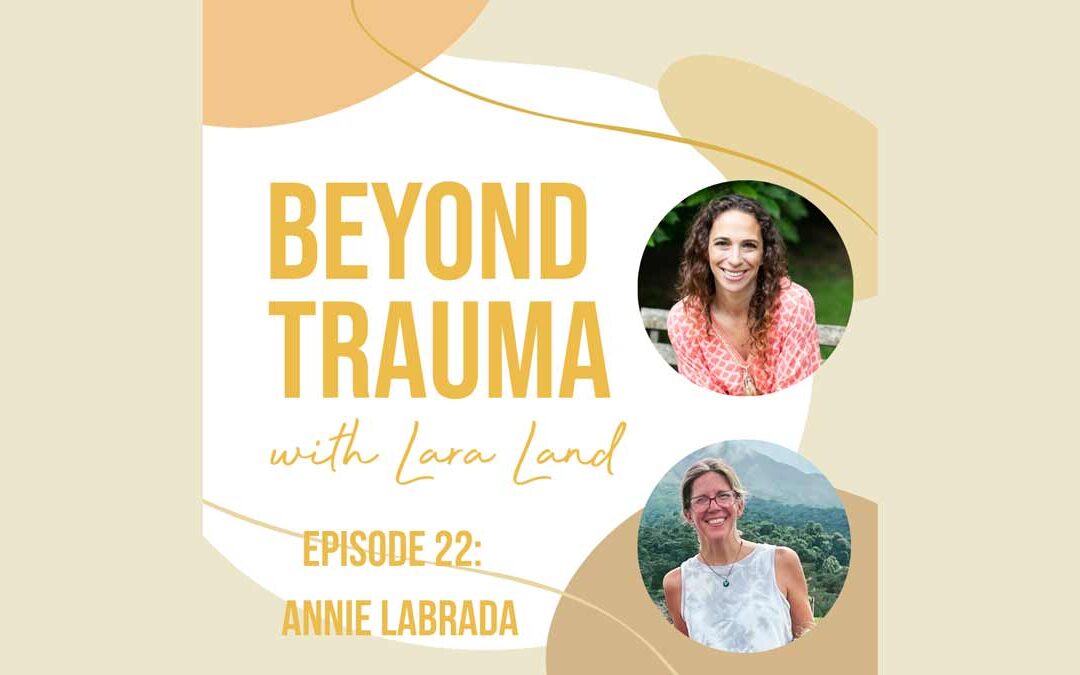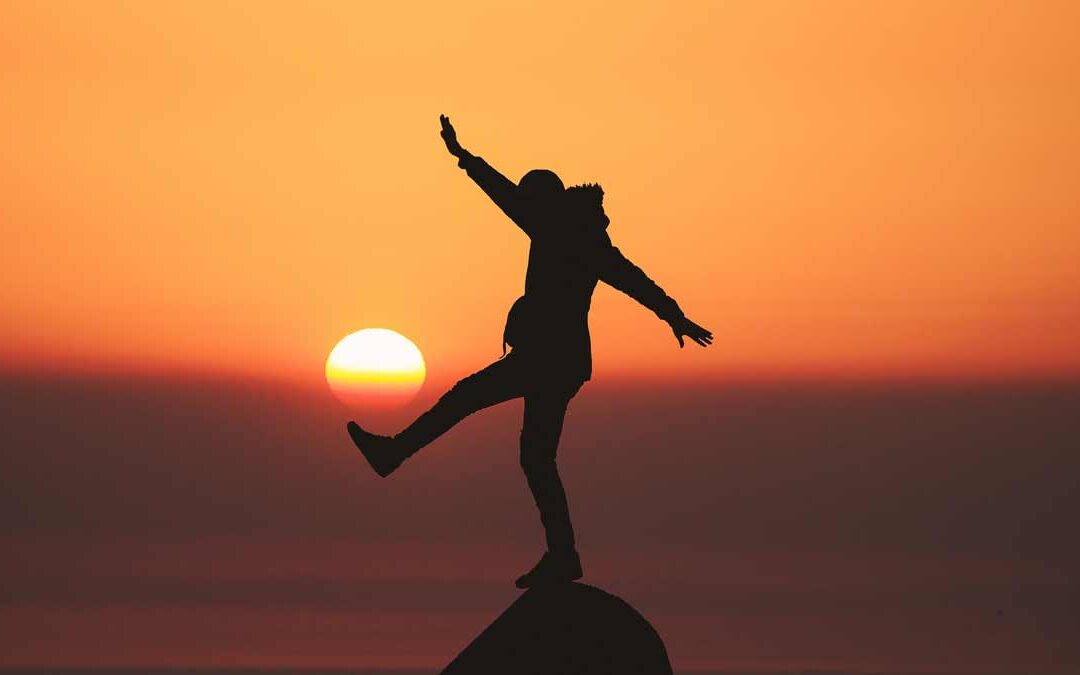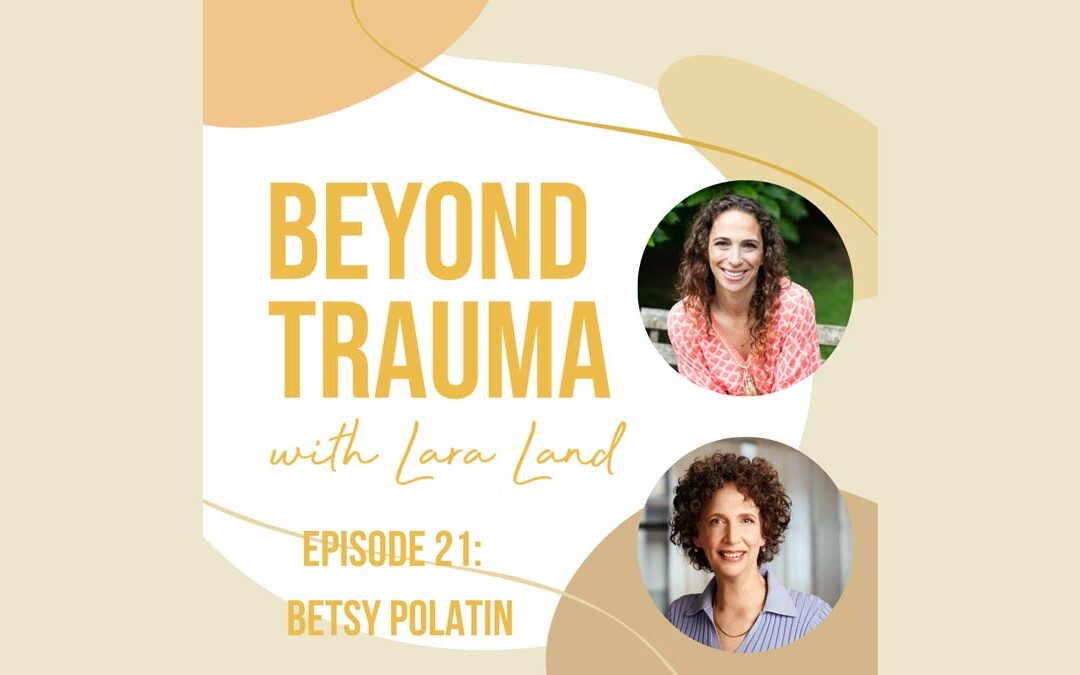
by Lara Land | Mar 13, 2023 | COACHING, COMMUNITY, LAND BLOG, LARA LAND, Self Improvement, SELF-IMPROVEMENT
While I started out investigating trauma from the same viewpoint as many of you, spurned by a single event, attack, or natural disaster, my definition of the kinds of events that could cause trauma has grown steadily year by year. I’ve landed most recently on the potential and likelihood of society as it is, filled with scarcity, conflict, fear, and competition being absolutely enough to leave all of us impacted by trauma. This unnatural and toxic load we all carry in today’s society is making us sick and that must be addressed. Simply asking folks to slow down, nap, rest, etc without the support systems to do so is not only impossible but potentially harmful as the correct social safety nets are not in place to make sure that doesn’t cause more harm.
Living a life in a constant state of stress however low is extremely taxing on our systems. In fact, low levels of ongoing stress hormones may be some of the hardest to identify as being present and therefore not be addressed as causing ongoing health problems. Think of a low but constant buzz and the headache and exhaustion that can cause and you will get a sense of what I mean. Or consider an undetected slow leak that drips and drips and drips.
We must also think about the holding in of emotions so regular in our society. Studies show that repressing and suppressing emotions makes us sicker and can cause disease. And yet society does not provide us with acceptable ways of releasing the stress it imposes. My European husband is red hot embarrassed when I scream which is deemed totally inappropriate in his culture, and it’s not that much more okay in the US. We all need to scream, pound a pillow or throw something now and again. The latest trends of Ax throwing and break everything Rage Rooms as entertainment are proof we are desperate for release. Drumming, dancing, trancing, and yes yelling can help get it out!
So, as we look to lessen the allopathic load we can consider multiple pathways including trauma-focused therapy, such as cognitive-behavioral therapy or eye movement desensitization and reprocessing (EMDR), which can help individuals process and cope with traumatic experiences. Mind-body practices, such as yoga, yoga retreats, meditation, and tai chi, can also be helpful in reducing stress and promoting healing. And…as we keep all these therapies in mind we must also work to make breaks, vacation days, and other destressing opportunities more regular and accepted in our social environment or we will never be able to keep up with the heavy load of living in modern society.
If you are interested in learning simple and highly impactful ways of reducing stress and regulating your nervous system for yourself and others, please join me for a yoga retreat at Kripalu Center for Health June 30th-July 2nd where this will be the main area of focus.

by Lara Land | Mar 6, 2023 | COACHING, COMMUNITY, LAND BLOG, LARA LAND, Self Improvement, SELF-IMPROVEMENT
I’ve been leading trainings in trauma-sensitive yoga since 2014 and one thing which I’ve noticed as my content has evolved is how applicable the information is to any field. It has gotten me to believe that all professions, practices, and sports should have trauma sensitivity training for their leadership. It has been gratifying to see that I’m not the only one who has thought this way. Dr. Jamie Marich, the clinical trauma specialist who wrote Transforming Trauma with Jiu Jitsu had this same idea when she wrote that book and continues to feel so.
We speak, in the latest episode of Beyond Trauma, about the need for trauma-sensitivity training in all fields and specifically how the combination of trauma-sensitivity and the Brazilian Jiu-Jitsu martial art mesh so exceptionally to help trauma survivors.
Many of the aspects of Jiu-Jitsu are similar to those of yoga. Depending on the instructor, there can be a strong focus on breathwork in Jiu-Jitsu just like in yoga. This concentration on the precious link between our inner and outer worlds can be both triggering and healing and which way that goes largely depends on whether the Jiu-Jitsu or yoga teacher has trauma sensitivity training.
Similar to yoga, in Jiu-Jitsu, we work with the mind and the body. In each moment there are a variety of choices and positions the practitioner could bring the body into. The act of making a choice can be both empowering and terrifying for a trauma survivor. These different shapes may bring up memories and emotions. In a safe environment, meaning one in which the practitioner feels able to take breaks, make adjustments, and share their experience without it being judged or doubted, both yoga and Jiu-Jitsu present the opportunity for a survivor to be with difficult sensations in a healthy and potentially healing way.
The main difference between the two practices is the closeness with which one works with a partner in Jiu-Jitsu. With the exception of specific yoga styles such as Partner Yoga or Acro Yoga, yoga is usually more of a solitary practice within a group setting. The partner activities central to Jiu-Jitsu make it all the more potentially triggering and sensitive for trauma survivors. This component also provides a place for growth and healing as a survivor gets comfortable letting someone get physically close to them.
Working in partnership, Jiu-Jitsu practitioners learn that size is not the determining factor in overwhelming one’s component. This is a powerful teaching, especially for trauma survivors who may have experienced helplessness. Learning to defend oneself and feeling confident in one’s ability to do so regardless of an opponent’s size is something that is hardly describable if you’ve been overpowered and why we believe this practice of Jiu-Jitsu so essential.
Take a listen to this special episode on iTunes, Spotify, or wherever you listen to podcasts and let me know what you think in your reviews and comments!

by Lara Land | Feb 27, 2023 | COACHING, COMMUNITY, LAND BLOG, LARA LAND, Self Improvement, SELF-IMPROVEMENT
Everyone is talking about “the kids” and how much the pandemic and social media has harmed them, and they are not wrong.
The stress of that time period, the isolation, and the increased screen time have impacted their development, attention span, social relations, and capacity for handling challenges, especially in person ones. This isn’t a case of getting stronger through adversity. It is an example of nervous systems going into overwhelm and no longer being able to handle normal stresses. Like renowned expert Dr. Dan Siegel teaches with his “Window of Tolerance” concept, we can not learn or grow at all when this condition. To have a generation of children in this state is deeply concerning and requires a special and specific response from all of us, especially parents and educators. The ways we were instructed to teach may not be suitable for the needs of today. In fact, we can safely assume they aren’t.
First build safety, then build capacity.
It’s not untrue that our children need to face adversity, hear “no”, and build strength, but they can not do so in the current climate. First, we need to increase their sense of safety in the classroom which for many valid reasons may not be or feel like a safe place. This is likely inhibiting learning. So, what can you do? Flexible seating is a start but it may not be enough without additional trauma-sensitive school place awareness. Just like in trauma-sensitive yoga classrooms, it’s important to get the setup right. Consider which direction the students are facing. Some may need a sightline to or seat next to the door. Or maybe it’s the clock one kid is turning around to look at every five minutes. Perhaps allowing him to face it would be settling for him rather than fighting that instinct taking over him every thought. The time checking is not a reflection of the teacher, but rather a survival instinct. Someone gazing out the window? That’s natural as well and can be a way to integrate information and get biologically necessary sunlight and integration time. It’s true that shifting classroom groupings and layout every few weeks can be stimulating for some students, but make sure to consider that for some it will be highly dysregulating. If you have to do so, how could you make it easier on those students?
Do your students move classrooms during the day?
Orientation before each period shift is important whether they move rooms or not. Orientation is a natural and instinctual human desire to look around and situate ourselves in space. You can help your students to orient by inviting them to turn their heads and look behind them, stopping there to take in any color or texture they find appealing. After a few breaths, suggest they turn the other way and note something new. You can expand on this practice by suggesting they find 3 blue items or any other color, or texture configuration that centers them in the physicality of the space and ideally the most calming parts of that physicality for them.
Grounding into the space is another experience I find helps the nervous system settle. Students can ground by pressing their feet down and exploring how their feet feel as they connect to the surface of the floor. Can they notice any differences in their back or spine as they do so? Where is their back in relation to the chair? Let them play with the feeling of resting it against the back versus sitting at the front of their chair and ask them to note what they like.
Kids have so few choices in school. This can make them feel trapped and act out. Reminding them of the many subtle options they have with their own bodies can be freeing and eye-opening. Present these exercises as invitational and be open to anything they may or may not experience. If you stay curious and open, they will too.
In fact, co-regulation and modeling are two essential elements of the trauma-informed teacher. As one of my role models is famous for saying, “you can’t fake vibe.” It will always be clear to our students if we’ve done our own work regulating our nervous systems by orienting and grounding into the space before they arrive. Practice these exercises (and the others in my book) on your own and you will see markable shifts in the way your students experience you and you experience them, plus enjoy the great benefit of reducing your own stress, which you deeply deserve!
So much of teacher training in this post-pandemic age and the new world of school shootings is about being trauma-informed. These are just some of the embodied practices from The Essential Guide to Trauma Sensitive Yoga which can be incorporated into the classroom. For more strategies like these, grab a copy of the book and reach out for continued education opportunities.

by Lara Land | Feb 20, 2023 | COACHING, COMMUNITY, LAND BLOG, LARA LAND, Self Improvement, SELF-IMPROVEMENT
This week on the Beyond Trauma podcast I touch on a sensitive but important topic, my work bringing trauma-sensitive yoga to the NYPD. This offering began in 2015 and continues to this day more sporadically through the work of the nonprofit Three and a Half Acres Yoga. In this episode, I interview former Sergent Annie Labrada who experienced my offerings as an officer and went on later to get certified in yoga and then trauma sensitive yoga through Three and a Half Acres.
Police officers and other first responders are exposed to trauma multiple times in a single day and are at high risk of traumatization through that exposure. This is something we discuss in detail in the episode. Their traumatization can result in hypervigilence, dissociation, or a combination of both that can impact their work, making them either edgy and over-reactive or uncaring and disengaged. Yoga practice is one way of moving and releasing the stored trauma response and potentially softening those responses so they can be more calmly alert and engaged during their service. This was why it was so important to Three and a Half Acres Yoga to provide trauma sensitive yoga to officers in Harlem and greater Manhattan.
Annie attended my classes downtown at NYPD police headquarters and later in Harlem. Soon after she became certified in trauma sensitive yoga and began teaching for NYPD Blue Karma Yoga, an NYPD sports team that got yoga widely taught and accepted amongst officers. Three and a Half Acres Yoga partnered with them on a health and wellness event for cops in Central Park. These classes became an outlet for highly stressed officers to process their trauma through their bodies instead of intentionally or unintentionally exposing others to its implications.
Getting the okay to bring offerings like this one to the NYPD is nearly impossible from outside the force, so I was glad to see insiders having some success. Unfortunately, like many programs, it’s been challenging to maintain trauma sensitive yoga in within the NYPD, largely due to personnel change. Annie and many of her colleagues retired in the last year and Annie is now with her family in a pretty exciting place which you can hear all about on this episode.
What do you think about offering trauma sensitive yoga to the NYPD and others in positions of power? Take a listen to the episode on the Beyond Trauma Podcast and send me a message with your thoughts.

by Lara Land | Feb 13, 2023 | COACHING, COMMUNITY, LAND BLOG, LARA LAND, Self Improvement, SELF-IMPROVEMENT
Creating safe as possible spaces is at the heart of trauma-sensitive yoga trainings and all my teachings.
It’s something teachers, coaches, and facilitators of all activities and teams, including in the workplace should learn how to do. The beautiful thing is that workplace, school, sports and yoga classes, and events can be made exceedingly safer by implementing even a few of the skills I and other trauma sensitivity trainers teach.
Many people misunderstand these safer spaces as providing a way for people to avoid their fears and yet, it is actually the opposite. It’s by entering safe as possible spaces that trauma survivors are able to relax enough to expose themselves to stress-inducing situations and work through them.
The safest and most effective way for a trauma survivor to do this is at their own pace. Just like in exposure or desensitizing therapies, they must have the tools to consciously relax the body once the sympathetic nervous system response is activated. They can do this immediately using the breathing and relaxation techniques taught in yoga and later increase the amount of time they allow themselves to be stressed until the body gets used to it and no longer becomes dysregulated in the position. It’s a practice and an important one that has resoundingly positive ramifications off the mat in real life.
This is the same in any environment, including the workplace, sports teams, or school. However, this is only consistently only possible if the student, player, or practitioner is in charge of how much they expose themselves to the stress and only if they have a coach, teacher, etc whom they trust and who can help them through the process. Only in the case of a licensed and very skilled exposure therapist does this rule change. As most of us aren’t that, we need to step back on the pushing and adopt a stance where the practitioner leads and we celebrate their pace. They will grow at their pace. This is not something we need to worry about. We need to worry about the safety side.
Exposure is all around us. Safe spaces are not.
See my upcoming trainings and workshops to delve more into this and more aspects of trauma sensitivity in yoga and in the workplace.

by Lara Land | Feb 6, 2023 | BOOKS, COACHING, COMMUNITY, LAND BLOG, LARA LAND, Self Improvement, SELF-IMPROVEMENT
I first started working with Besty Polatin when she was my Alexander teacher at Boston University where I was studying Theater.
Alexander Technique was one of the solid handful of body-based models I strongly attached to during my time at University and which pulled me in the direction of body-mind healing as a profession and core interest in my life.
Besty’s interpretation of the Alexander Technique and emphasis on doing less caused me to look at my life in a new way. I started questioning the busy work I was hiding behind and began focusing on actions that birthed larger results and left more space in my life. I also began to realize where I wasn’t taking responsibility in my life and shift that dynamic.
To this day I do Alexander Technique exercises and use the guiding principle of doing less in my yoga poses and classes. I will often ask my students what tensions they can eliminate while still keeping the shape of the yoga pose.
What I didn’t know during my Boston University years was that Betsy Polatin’s body of work contained so many more modalities and eventually culminated in her own framework which she describes in her book Humanual. Betsy uses breathwork, centering, somatics, and other techniques all with trauma sensitivity. Her fresh and impactful look at trauma and the artist has made her a go-to for all kinds of artists and performers seeking to get unblocked and fully express themselves. She even has a course on trauma and the artist with Somatic Experiencing founder, Peter Levine.
Betsy and I discuss all of this in the latest episode of the Beyond Trauma Podcast and conclude one thing is certain: Bodywork isn’t about the body at all. It is human work, capable of releasing all types of trauma.







Recent Comments